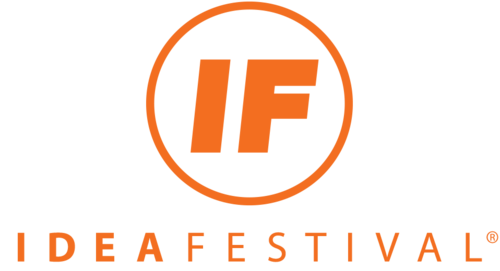A few blocks from the Kentucky Center for the Arts where IdeaFestival hosts its annual event, the City of Louisville and CNET are launching a powerful collaboration with global implications.
The City of Louisville, where IdeaFestival will host its global innovation event on September 27-30, has emerged as an unexpected pioneer of the smart city movement.
On August 24, Louisville Mayor Greg Fischer announced that the city is opening a 7,000 square foot command center in downtown Louisville to accelerate its smart city plans.
Fischer also revealed that one floor above the command center at 745 Main Street—just a few blocks from where IdeaFestival will hold its annual conference—CBS Interactive will lease the building's penthouse to showcase the CNET Urban Smart Home. This "smart apartment" will be an urban companion to the CNET Smart Home, one of the world's most advanced living laboratories of smart home technologies.
As part of the new partnership, TechRepublic—one of the media sponsors of IdeaFestival and a sister site of CNET at CBS Interactive—is going to be writing about how the connection between the smart city and the smart home could yield important benefits to professionals and make them more efficient, healthy, and productive.
The new Louisville command center will be called LouieLab and will be focused on extending and expanding the kind of public-private partnerships that have fueled Louisville's momentum in innovation and digital transformation. A few examples include:
The AIR Louisville project, which has empowered citizen scientists with GPS-enabled inhalers to track air quality and help fight asthma with crowdsourced data
The nationally recognized FirstBuild maker space, a partnership between GE and the University of Louisville, which has become a source of entrepreneurship for new products with global potential
A solar-powered vacant property smoke detector that came out of a hackathon (from the local Louisville maker community) is going to help the city protect citizens who live next to vacant properties in case of fires; the product could also be used in cities around the world
The city's TARC buses are now on Google Transit and available to track through the Transit app
The city's partnership with Waze has enabled two-way data sharing and crowdsourced information about roads (including reporting potholes and traffic jams) to streamline commutes for local workers
In 2011, Fischer hired Ted Smith from the Obama administration's Department of Health & Human Services to become one of the first Chief Innovation Officers for a city in the US, a move that has since turned into a trend
It's these kinds of developments that have resulted in Louisville being named a Top Digital City for five years in row and being lauded by Time Magazine as a center of "free-wheeling innovation" and growth.
In the August 24 press conference announcing LouieLab, Smith said that the kind of innovation that's been coming out of Louisville is the stuff you'd expect from Boston or San Francisco, but people are often surprised to see Louisville "punching above its weight." He credited Louisville's success to inviting its citizens to co-create their government as part of this process of digital transformation.
At LouieLab, a third of the space in the command center will be used as offices for city employees working on the innovation team. The rest will serve as a collaboration space for other city departments, local entrepreneurs and innovators, and agencies, organizations, and businesses from across the globe to come together and solve problems.
"We've got a lot of projects in place with partners all throughout the world," said Mayor Fischer at the press conference. "We've never had a space to bring everybody together."
Theresa Reno-Weber, the city's chief of Performance & Technology added, "The innovation that comes out of LouieLab will inspire other cities and governments throughout the world."
The LouieLab and the CNET Urban Smart Home are expected to open by the end of September. CNET will use its space to test home technologies that anyone can buy off the shelf to make their living space smarter and better connected. TechRepublic, which has covered smart cities extensively, will write about ways that data from cities can connect to your smart home devices to deliver information on things such as traffic, air quality, and local events to help improve the lives of professionals.
With all of these developments from the City of Louisville, CNET, TechRepublic, as well as IdeaFestival itself—which always attracts some of the planet's smartest global innovators to speak—Louisville is on the path to transform from an outpost to an epicenter of innovation. Come join us at this year's IdeaFestival to learn more about all of these exciting innovations in action.
Jason Hiner
Editor's note: Jason is the Global Editor in Chief, @TechRepublic and Global Long Form Editor, @ZDNet for @CBSi. Co-author @FollowtheGeeks.





